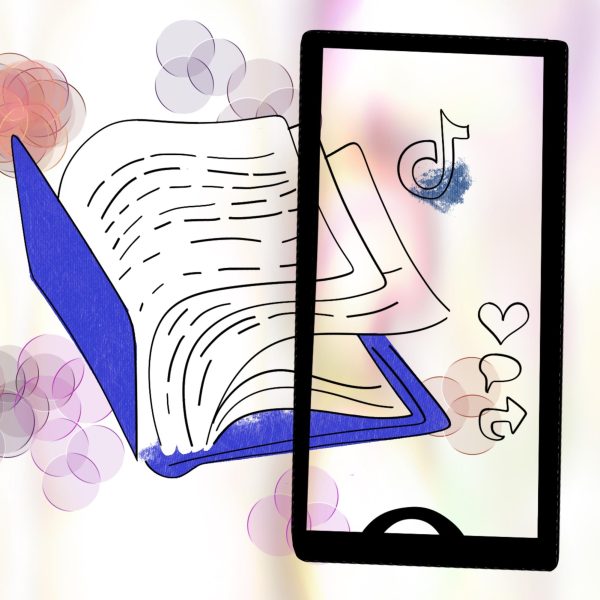Opinion: Kindles: better than books
January 15, 2013
Matthew Bertovich
Matthew Bertovich is a junior psychology major and columnist for the Daily Kent Stater. Contact him at [email protected].
During the past couple of months, I’ve noticed a growing population of students around campus reading books off their new Kindles. Curious, I invested in one myself, and within minutes knew I would never use a paper book for leisure reading again. These e-readers are a smarter, environmentally friendly alternative to the paper book.
The Kindle is convenient and a back relief. As students, we know better than anyone that books, especially textbooks, are heavy. Kindles can hold thousands of books at once, and weigh in at only half a pound. With so many books available at the push of a button, the Kindle is prepared to entertain whatever mood you’re in.
The Kindle is also easy on the eyes, literally. We spend plenty of time looking at some kind of monitor. Whether it’s your phone, a computer, iPod or the television, this prolonged exposure to bright, high-contrast screens can cause serious discomfort. Many Kindle models use “e-ink” technology on their displays to simulate the look of regular books: no glare, no eye strain and no headaches — just like paper, but without that rough paper feel for those with dry skin. Newer versions even include a backlight and have the luxury of being readable in darkness while maintaining that same effect.
The Kindle is green, as electronic books are environmentally friendly. Instead of using precious trees, an e-book can be instantly transferred electronically to your Kindle via a wireless network in seconds. It’s even green for your wallet: Since electronic versions of books cost almost nothing to distribute, they can be found cheaper than their paper alternatives through online retailers. Kindle books can even be borrowed for free from your local library for a limited time, deleting automatically on their due date. No more late fees!
The Kindle is smart. It can pay attention to your reading speed and calculate when you’ll finish the book, or even the next chapter. You’ll know exactly how much time to set aside for your reading assignments, for the procrastinators out there like myself. The built-in dictionary allows you to look up unfamiliar words with a simple tap, thereby expanding your understanding of the book, along with your vocabulary.
There is, however, an unfortunate risk with Kindles, along with all other electronic devices: they’re breakable. With physical books, paper doesn’t stop working when it makes contact with a hard surface; they can take a beating and still be useable. However, wear and tear can make them unbearable to read; water damage, ripped pages and loose binding are just a few of the unfortunate side effects that come with a book’s age.
Kindles always have crisp text, adjustable to the size and font of your choice. If anything unfortunate should happen to your Kindle, all purchases can be easily downloaded to a replacement device. You buy a book once and can digitally access it forever.
The Kindle has innovated the classic book, turning it into a convenient, modern and practical alternative for a world becoming more and more dependent on technology.

























